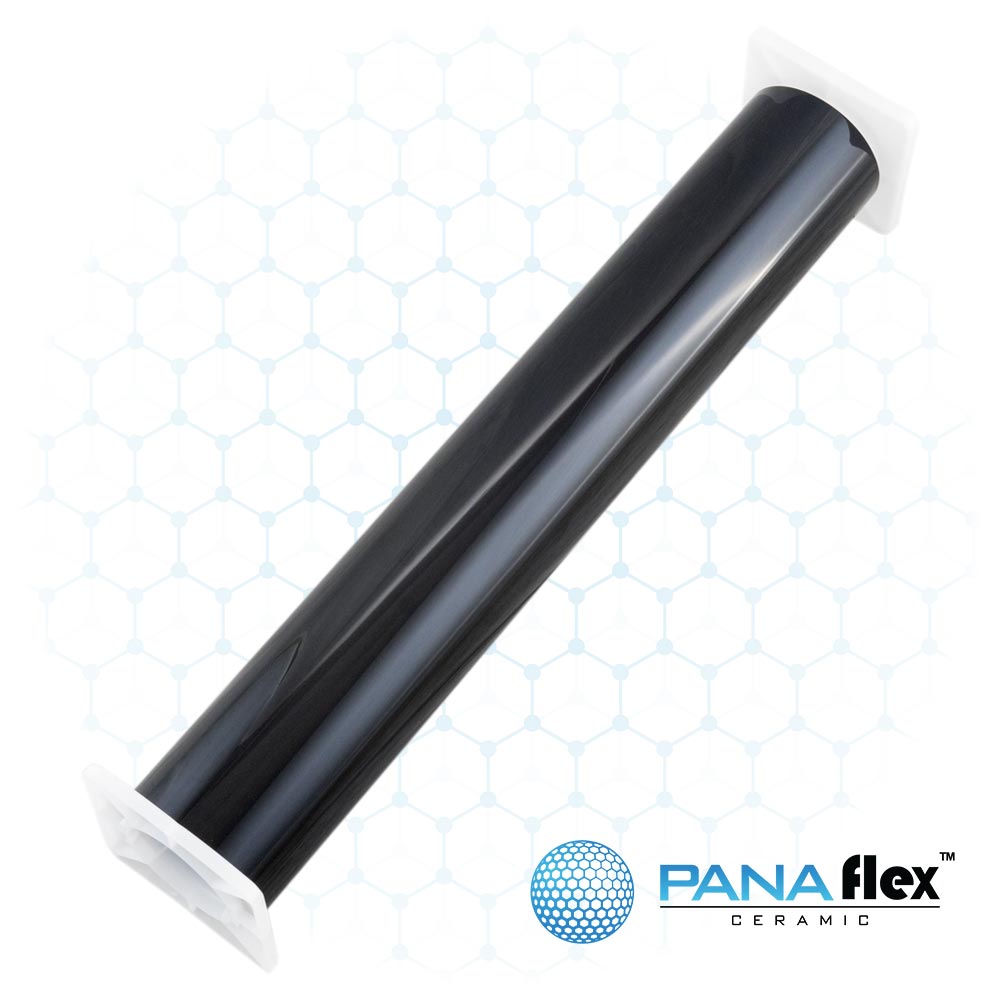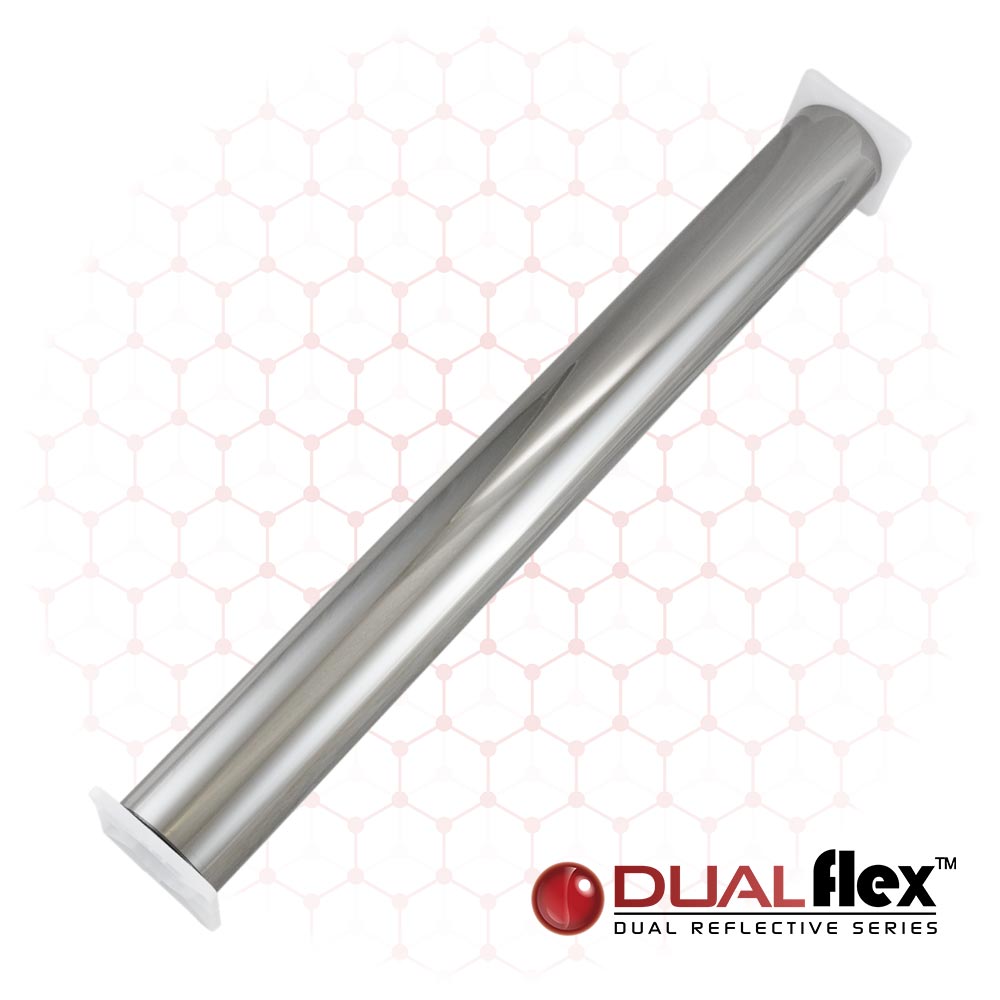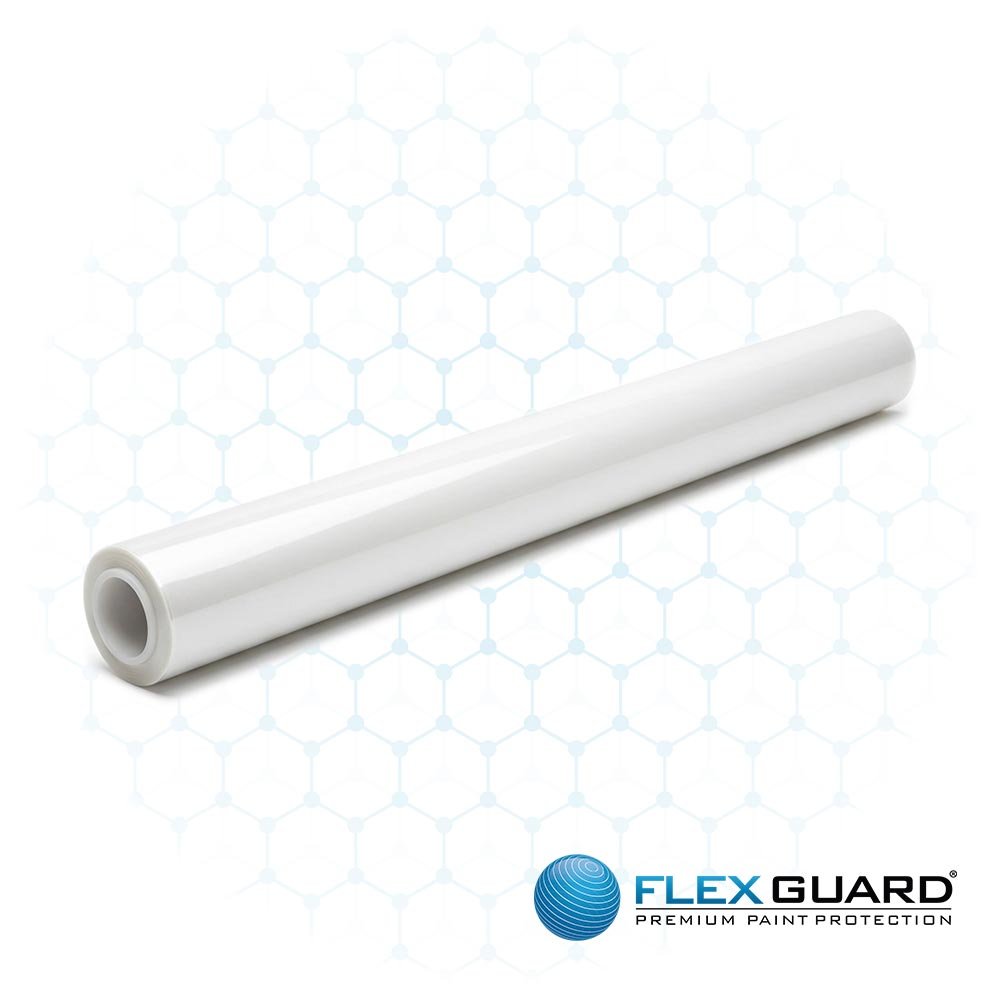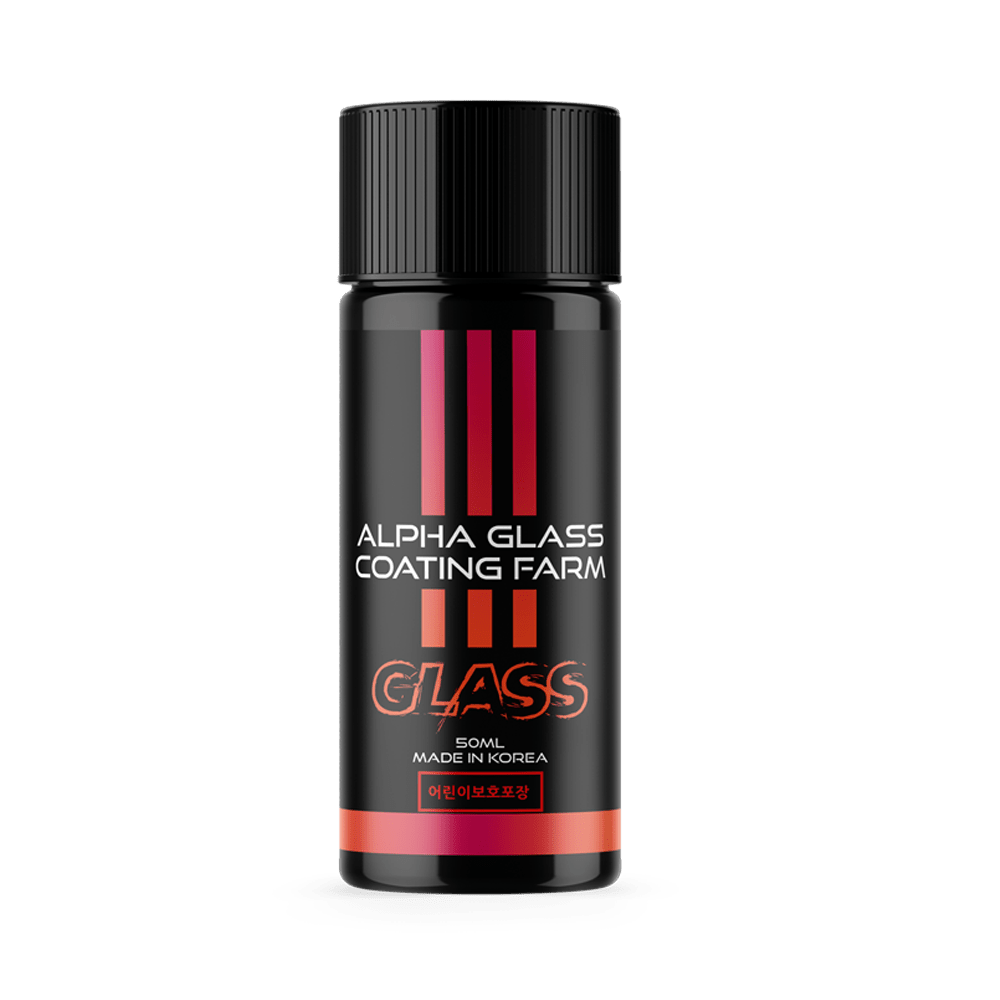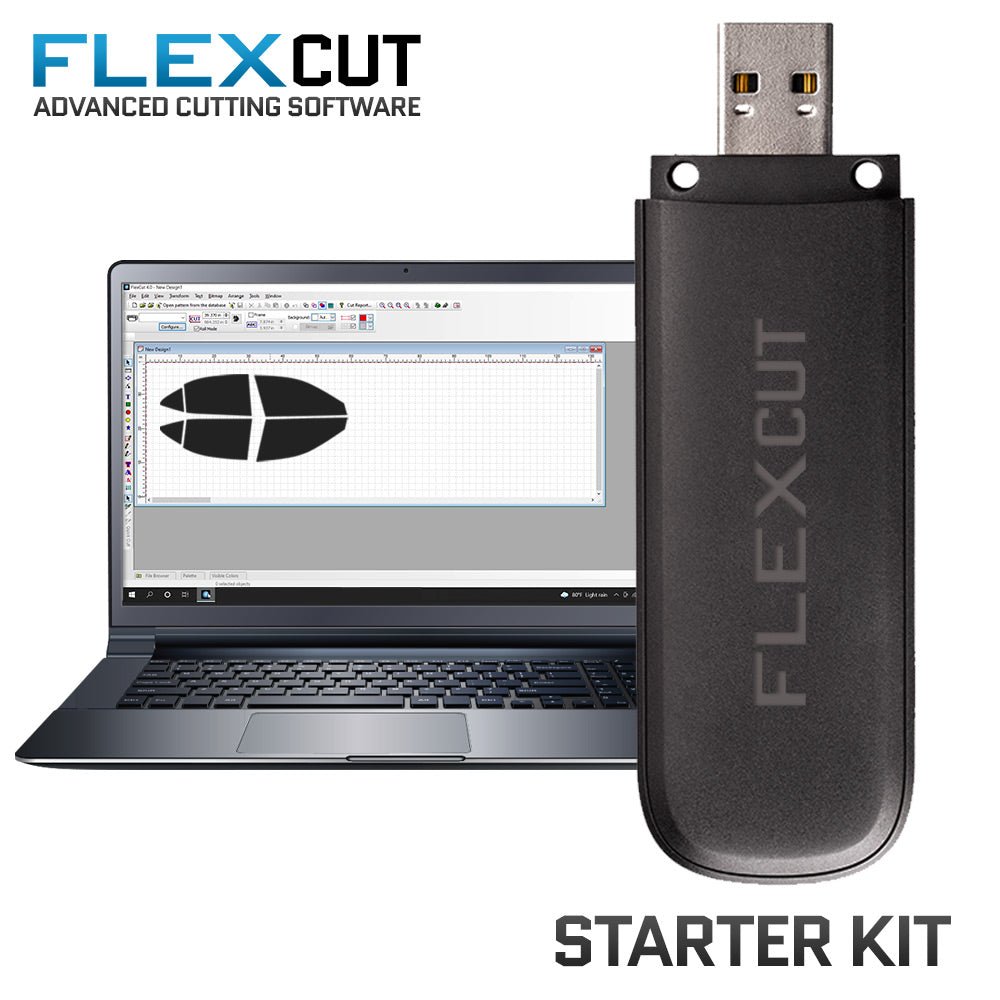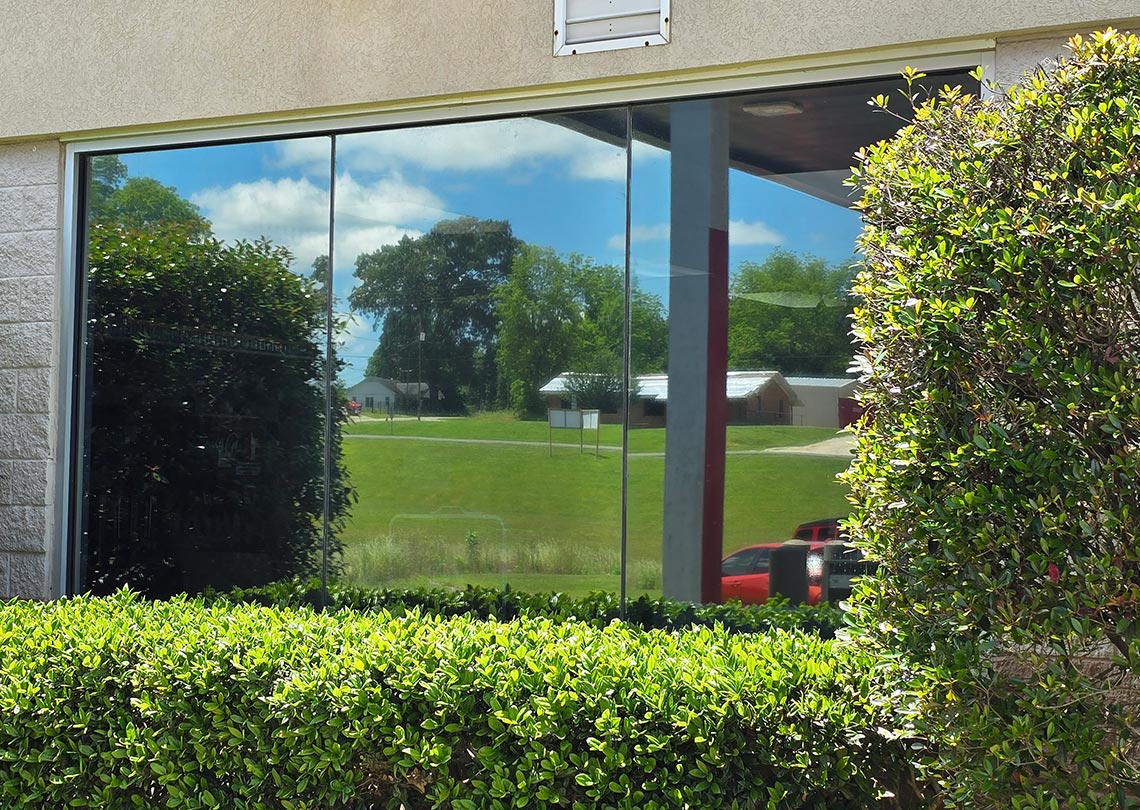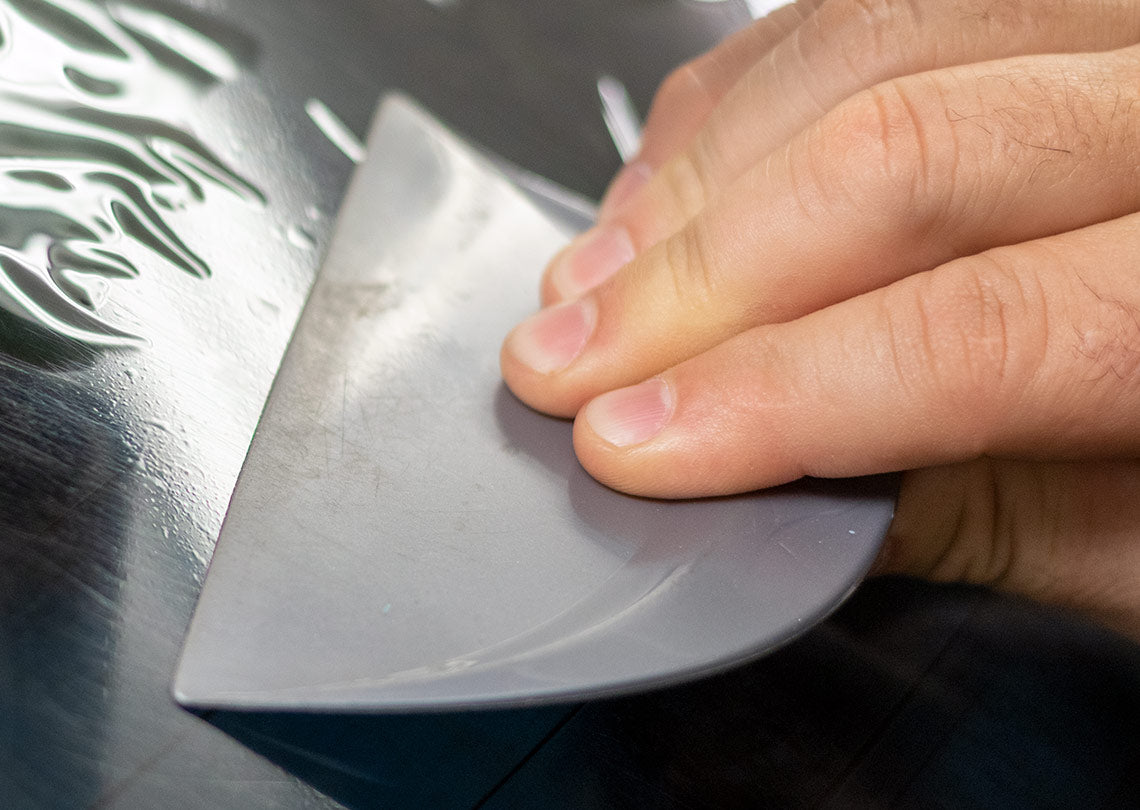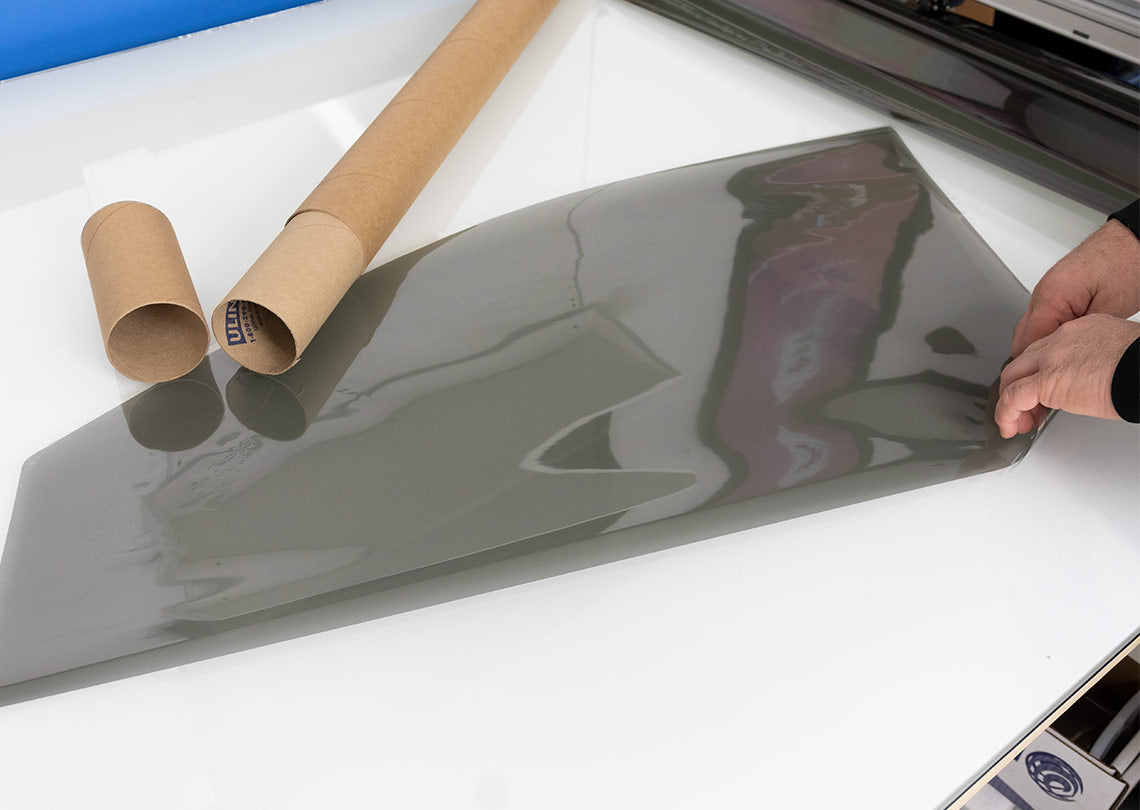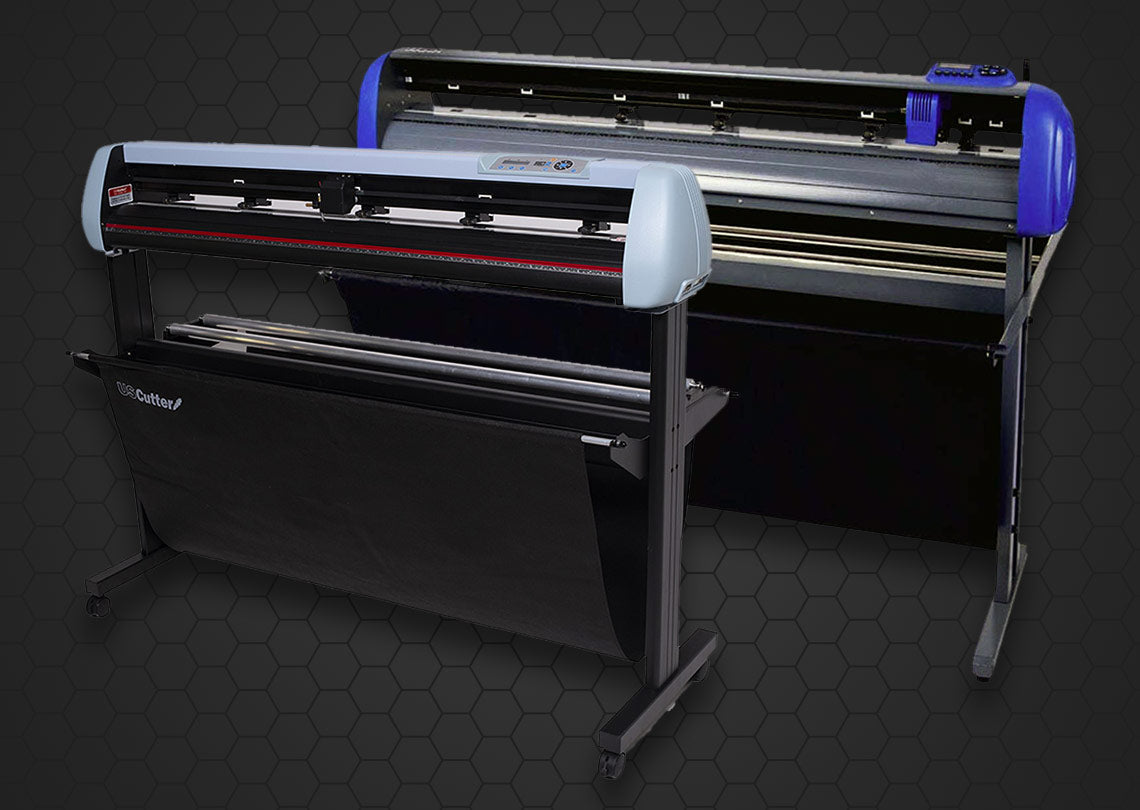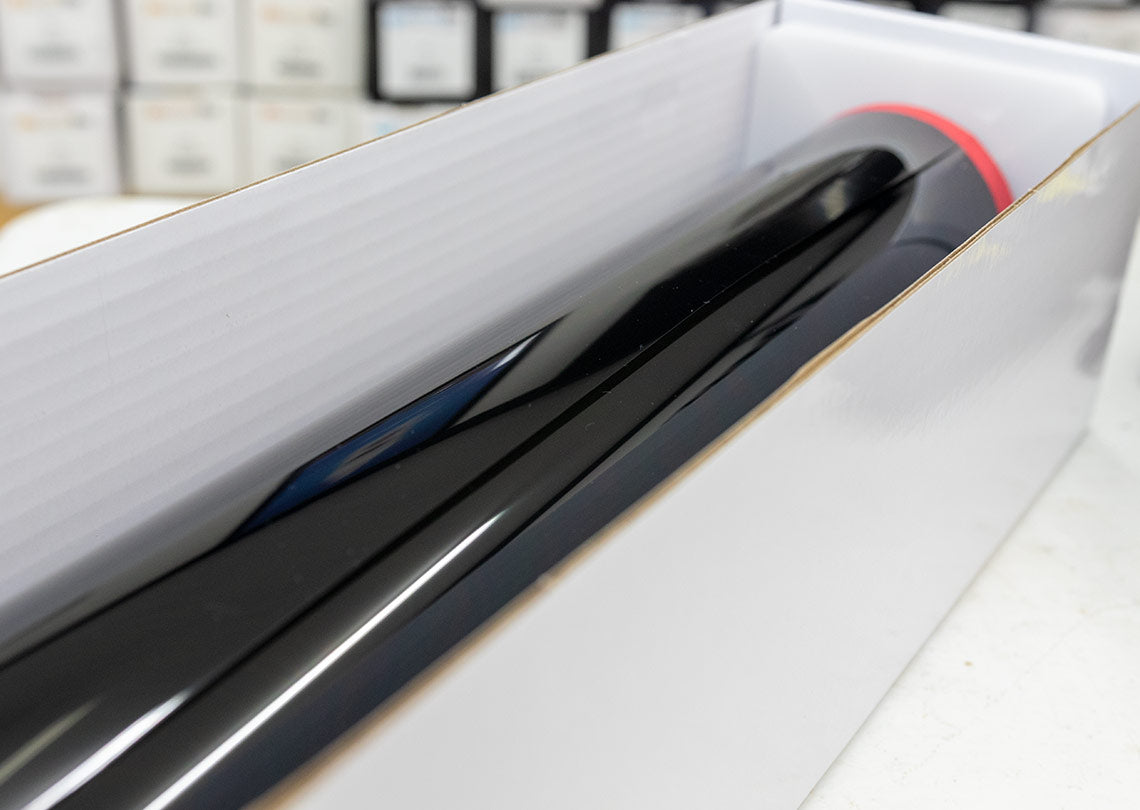Avoid Cracked Glass With This Pre-Install Checklist

If you plan to install flat glass or architectural window film from Flexfilm, whether at home, at a business, or for a client, know this first: the wrong film choice or process can lead to cracked glass. That is the last thing you want to learn after the job is done.
Film changes how a window absorbs and distributes heat. In the wrong conditions, this can create thermal stress strong enough to break the glass. It is rare, and usually preventable with the right preparation.

Why Glass Can Crack After Film Installation
- Thermal stress: Dark films absorb more heat and can raise inner glass temperatures. Partial shading, direct HVAC airflow, or west and south exposure can increase the temperature difference across the pane.
- Glass condition: Annealed glass, poor edge quality, pre existing chips, or certain IGU makeups reduce tolerance to stress.
- Frame and installation: Tight frames, pressure points, shading bands from deep frames or mullions, or tiny edge nicks during prep can start a crack.
- Post install changes: New blinds, curtains, or reflective surfaces near the glass can increase heat load after the fact.

Flexfilm Pre-Installation Checklist
Run through these steps before you select a film or start an installation.
1. Identify the glass type and condition
- Confirm if the glass is annealed, tempered, heat strengthened, laminated, or part of a double or triple pane IGU.
- Inspect edges for chips, cracks, or defects.
- Watch for seeds, inclusions, or poor edge finishing.
- Measure pane size and aspect ratio. Large panes may require a lighter film.
2. Evaluate environmental factors
- Note the window orientation. West and south get the most afternoon heat.
- Look for partial shading from blinds, curtains, awnings, bug screens, or deep frames.
- Find nearby heat sources such as HVAC vents, space heaters, or high wattage lights.
3. Assess the frame and fit
- Check for tight or uneven edge clearances.
- Verify proper setting blocks and no pressure points at the stops.
- Remove debris or mortar from the edges.
4. Choose the right film
- Avoid very dark, high absorption films on glass with low thermal stress tolerance.
- Use Flexfilm film to glass compatibility guidelines to match film to window type.
- If you are unsure, contact a local professional installer or even us at Flexfilm.
5. Use proper installation practices
- Avoid nicking the glass edges during prep.
- Do not overheat a single area when shrinking film.
- Keep the heat gun moving and avoid high settings close to the glass.
6. Plan for post install conditions
- Ask about upcoming changes such as new blinds or reflective decor near the glass.
- Explain that changes after installation can alter heat load and increase risk.

A clean, trouble free install starts before any slip solution hits the glass. Confirm the glass type, inspect the edges and frame, evaluate the environment, and match the film correctly. These steps protect you and your customer from costly glass damage and keep every Flexfilm job looking sharp for years. Shop our architectural window tint here.

Dealer Rewards
Start earning points that can be applied as store credit on your next online purchase.

Order Online 24/7
Shop our products online and check out anytime, 24/7, from anywhere!

Call To Order
Call us directly to place your order during business hours, Monday - Friday, 8:00 AM - 4:00 PM CST.
